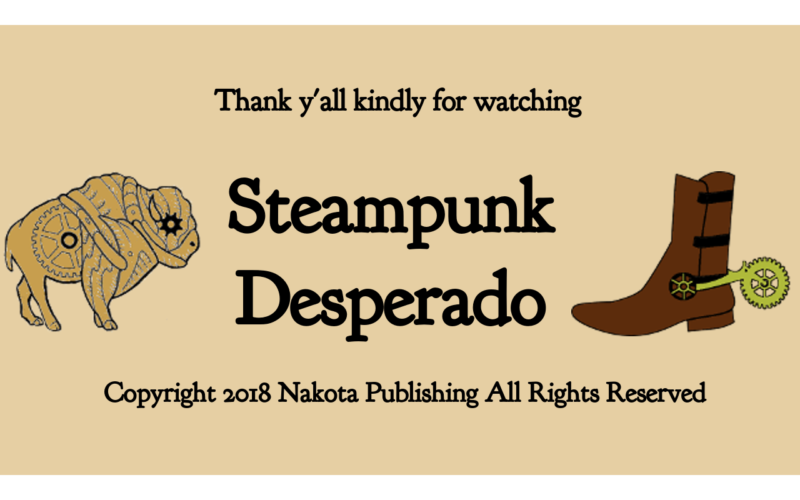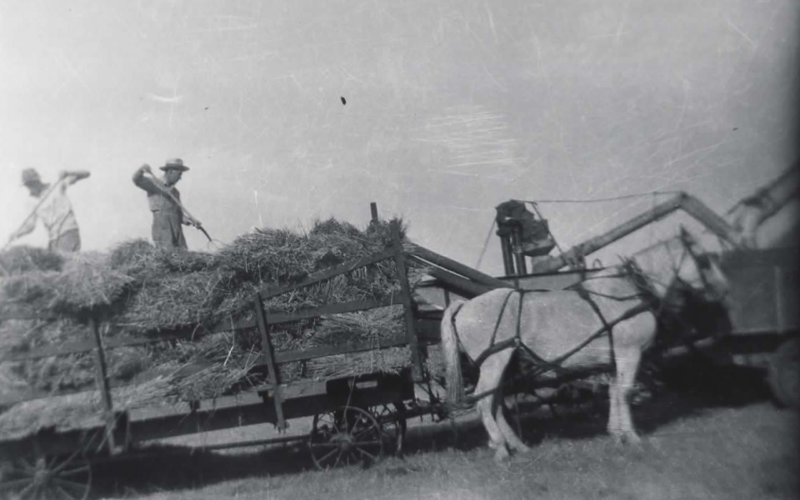
For many years, scholars regarded Kipling as one of the great writers in the English-language canon. Political correctness has damaged his reputation, due to post-modernist interpretations of his novels and poetry as an apologia for British Imperialism. Being familiar with leftist over-sensitivity, I had my doubts. After reading his 1901 young-adult novel Kim, I’ve concluded that these criticisms are groundless. Kipling was a patriotic Briton, but he was no racist. Kim is a perfect example of the author’s profound appreciation for the people and cultures of the Indian Subcontinent.
The titular character Kim O’Hara is an orphan of Irish descent living in the city of Lahore. His parents succumbed to opium addiction and alcoholism, leaving him to survive on the streets by begging and using his wits. Yet Kim, who has every reason to be angry and bitter, survives and thrives in a nation where his skin color marks him as an outsider. His gregarious nature earns him the nickname “friend of all the world.”
This tale of Kim’s struggles paints a vivid picture of India during the colonial period, portraying the rich diversity of its peoples and cultures. It is less a unitary story than a series of anecdotes of the boy’s experiences, many of which could stand alone. As the story begins, Kim leaves Lahore on a mission for his friend, the Afghan horse trader and spy Mahbub Ali. From there he encounters other fascinating characters as he travels the length and breadth of British-ruled India. The most beloved is a Tibetan holy man, the Teshoo Lama, who seeks a sacred river from Buddhist legend. Kipling’s high regard for Tibet, a favorite leftist cause, should earn him some progressive virtue points.
One interesting aspect is Kim’s friendships with adult men, a situation which our cynical modern eyes would see as suspect. In those days, men weren’t afraid to profess their platonic love for each other. Perhaps there was some naivete on Kipling’s part, but he doesn’t whitewash Indian culture or the British occupation. Even at the height of the British Raj, it was a cold war of sorts. Throughout the book are many situations in which Kim risks death if his clandestine activities are discovered.
Though I found the story quite fascinating, one of its most off-putting aspects is Kipling’s use of words like “thou” and “thee” in the dialog. I believe this is supposed to represent the more intimate forms of address in Hindi or Urdu, but to me, carrying this distinction into English seems silly. I must also note that the dreaded N-word appears a handful of time. It surprised me to learn that the British sometimes used this Dutch-derived term to refer to the natives of India. This will alienate many modern readers, but in Kim, the word only comes out of the mouths of those who are clearly ignorant racists.
One benefit of being a steampunk is that it has led me to sample and appreciate the literature of the Victorian era. Those who dismiss the fiction of those times as “racist” or “sexist” are 100% wrong. No era in human history has been perfect. Even the darkest times have had their positive aspects. However, I’ll save my praise of the Victorians and their unique virtues for a different post.
As for Kim, it’s a great book by one of the English-speaking world’s greatest writers. It can be difficult at times, but it’s worth the trouble. I give it a rating of 4 out of 5 gears.



































